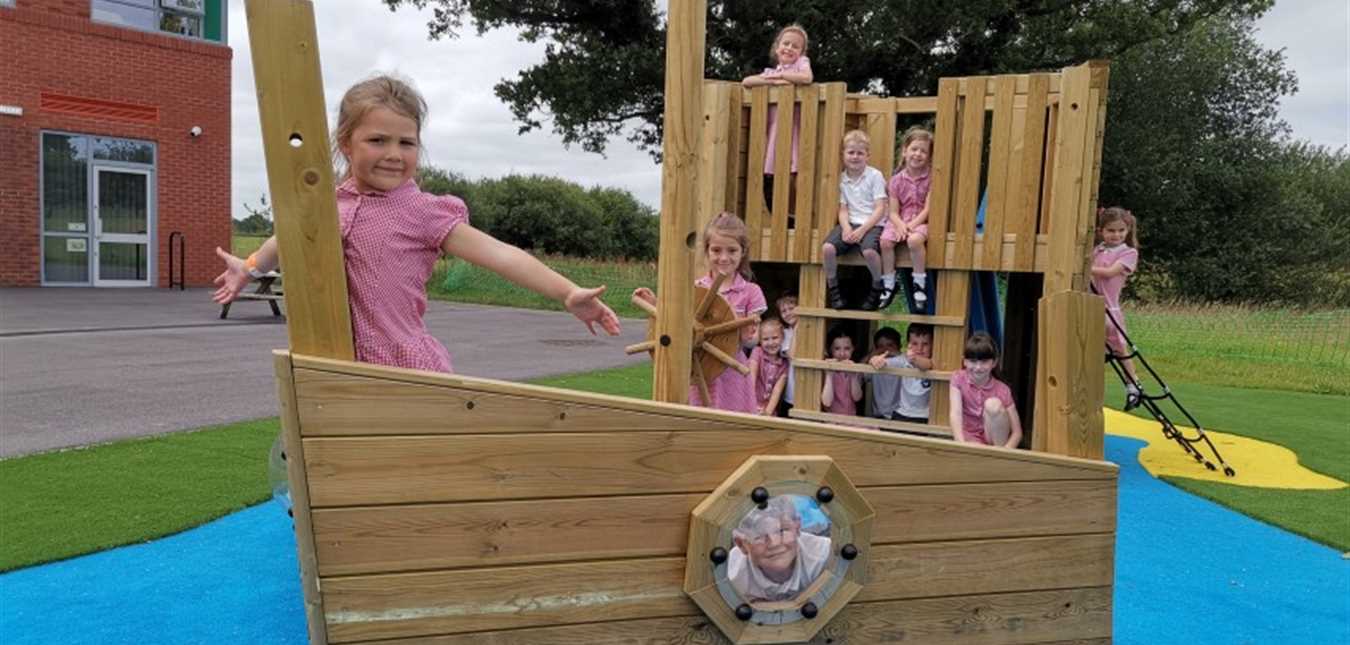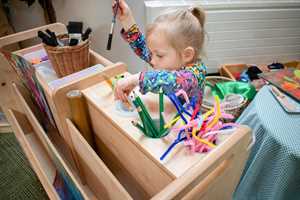Children's Health
Just Imagine! Why Children Need Time for Imaginative Play
Child’s play - exploring thoughts and ideas without being constrained by the limits of the physical world. It’s what our children need as much time and space for as we can possibly give them right now.
It’s been a tough year for us all, of that there is no doubt. And our children especially have suffered - spending most of the year stuck at home, deprived from seeing friends, and with limited opportunities to learn and to play outdoors. They’ve had to give up so much.
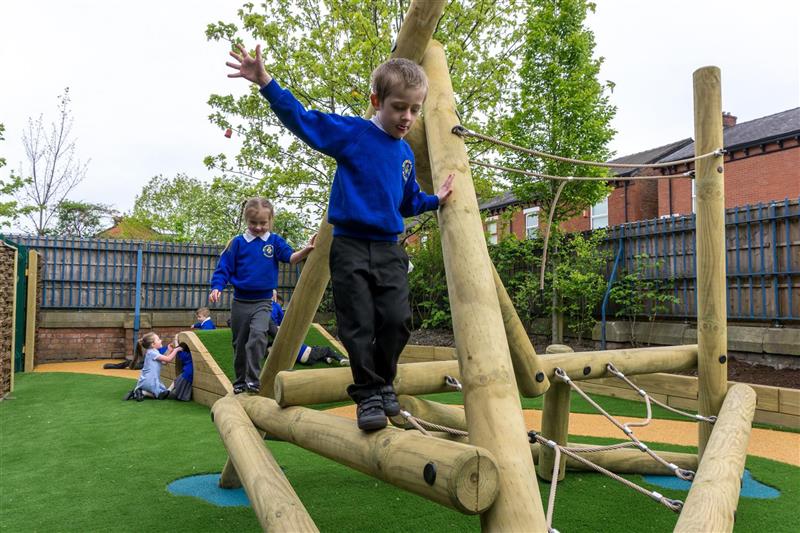
So as we begin to ease back into normality, however that may look, it is absolutely essential that we give them their time to play, to get outdoors with their friends, and to use their wonderful imaginations with no rules or expectations holding them back. Because after all this, a child’s ability to play imaginatively might just be the most powerful tool they have to allow them to get on with living their lives to the full…
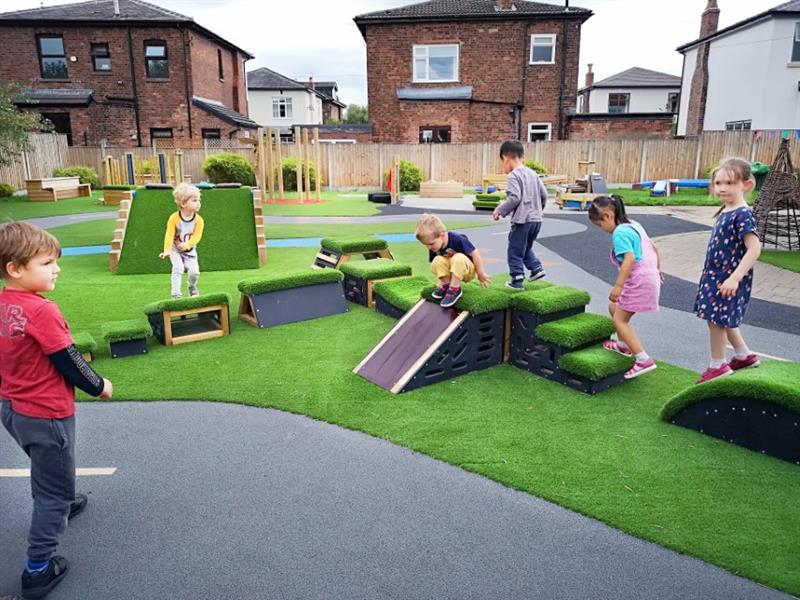
Why Imaginative Play is so Important
Never underestimate the power of pretend play! It might look like simple fun, but there’s actually hugely important business going on with every box-turned-boat, every climbing frame-turned-castle, every blanket-turned-cape, every shark-infested water table and every single sandpit that holds a dozen different secret pirate treasures just waiting to be found!

Imaginary play is vital to childhood development. It’s how children develop the essential psychological and emotional capacities that help them to understand the world in which they live, and how they fit into it - how to solve problems and be creative in their approach. And it has a huge impact on their ability to develop the key skills that allow them to express themselves successfully, interact with peers and build good relationships.
Not just for toddlers - the need for continuing opportunities for imaginative play as children progress through primary school is just as important as it is in the Early Years.
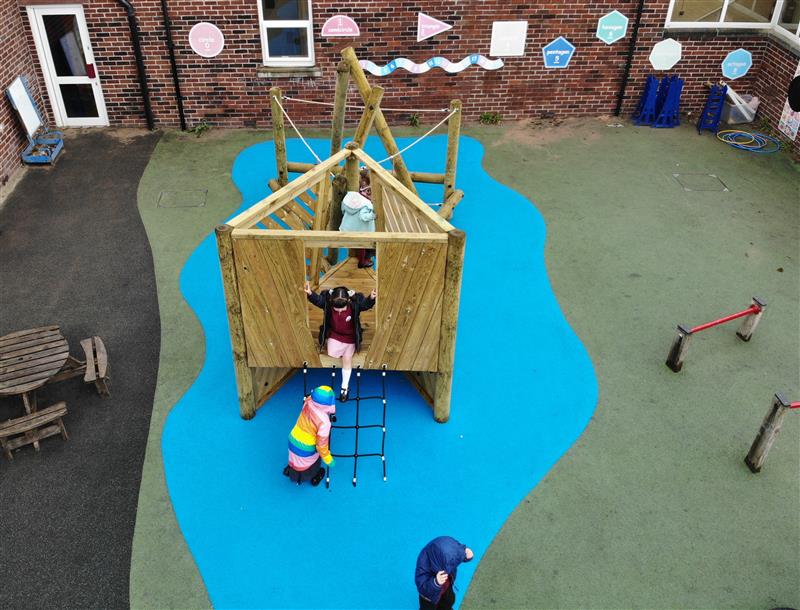
Going outdoors to explore and fulfill their own ideas for play allows primary-age children to openly anticipate their freedom and independence. It helps them to become resourceful, with the space to discover themselves and their surroundings.
It’s here in the fresh air that they make memories, and here that they can really be active in their play, boosting their physical health and mental wellbeing. So it’s vital that primary school children are afforded the time, space and encouragement to get outdoors and play creatively every day.
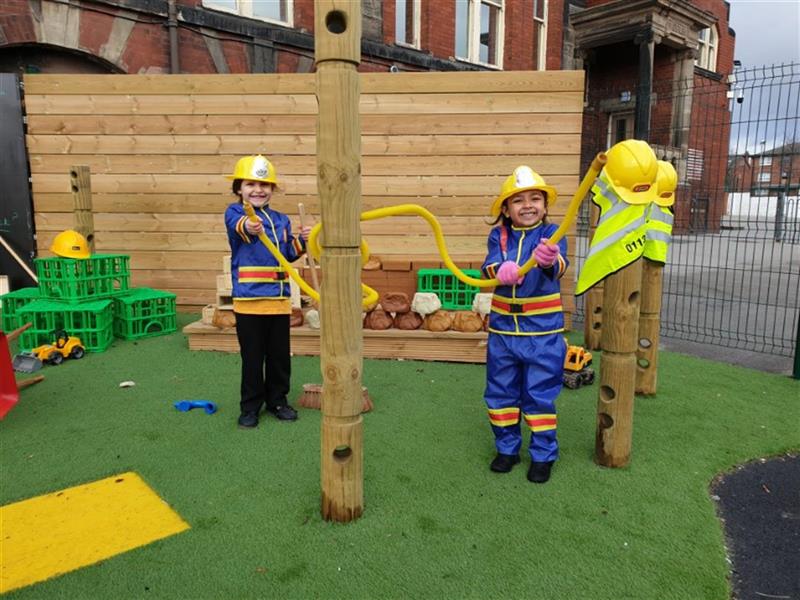
7 Big Benefits of Imaginative Outdoor Play
1. Improving mental health and wellbeing
The effects of the global pandemic on our children are ongoing, and it’s not just about the academics of school closures - most importantly it’s about their health and wellbeing.
The “horrific” impact of the last national lockdown has been raised in a new survey commissioned by the Schools Active Movement. It’s the largest analysis of how the winter lockdown impacted young people, and it shows an alarming drop in pupil resilience, activity levels, social interaction and fundamental movement skills.Anxiety levels are soaring, with one in six 5 to 16 year olds reporting a probable mental health disorder last year.
Enjoying outdoor activities, playing with friends in the fresh air and well away from those screens, is very well known for its power to boost the mood.
Getting out there and making up imaginary games offers escapism - it’s about children having good fun, claiming back and nurturing that sense of adventure, letting go of their worries for a while and being allowed to just enjoy themselves. You can’t beat it!
2. Promoting physical development
The same survey commissioned by the Schools Active Movement found that 84% of schools surveyed have identified a decline in children’s physical fitness, and two thirds thought that pupils had gained excessive weight over lockdown.
Imaginative play usually involves moving the whole body. Running away from wild tigers, chasing after bank robbers, jumping through the air with superhero powers, leaping like ninjas across the playground, crawling into a secret den, climbing the highest mountain, working hard on a building site, digging for buried treasure, making and serving mud pies or building a giant’s castle in the sky - you name it, they all involve a whole host of body movements.
And so through imaginative play children can improve their fitness, build their strength and stability, and develop their motor skills.
3. Developing speech and language
Imaginative play has a major role in early childhood language development.
More often than not, this type of play involves children pretending to be something or someone completely different from who they are. This requires plenty of communication as they mimic and explore roles, and they often love to narrate what’s happening, so they’re naturally enhancing their vocabulary and language skills.
They’ll be choosing new and different words to communicate with each other, perhaps something they’ve heard at home, in a book or on television - it’s all fuel for the imagination and it can be surprisingly entertaining!
Unstructured, imaginative play allows them to create their own version of events, set their own scene, and imagine how the different players will look, behave and interact.
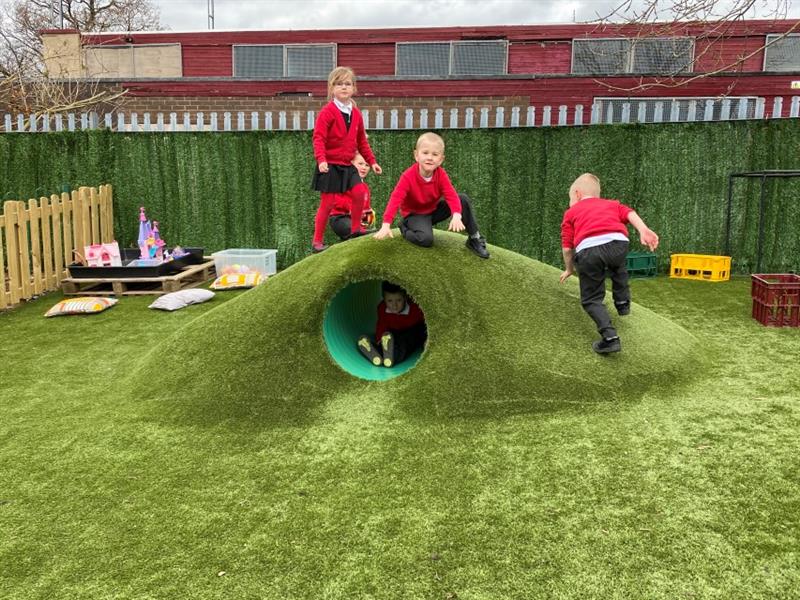
By providing a supportive, high-quality play environment, joining in with play where appropriate, we can help them to feed off what they have, discover the language they need to communicate, and learn how to use it to express themselves clearly.
4. Supporting social and emotional development
Learning social skills can present its challenges - taking turns, sharing and working together isn’t always a favourable option when it’s a brand new concept for you!
But children do have a natural way of relating when they play, and this develops as they learn to connect with each other in different ways, and they begin to understand relationships.
Imaginative plays allows children to explore the world and the people around them, and their own feelings about it all at the same time. It’s a healthy process that, over time, helps them to recognise their own emotional responses and reactions to things, and to develop empathy.
When they’re acting out imaginary scenarios, they might be thinking of real situations that are impacting their own lives - through play they have a ‘safe’ opportunity to explore, manipulate and change these situations to work through and become comfortable with their own feelings.
They’ll learn how to ask for help, and how to include others and make new friends along the way.
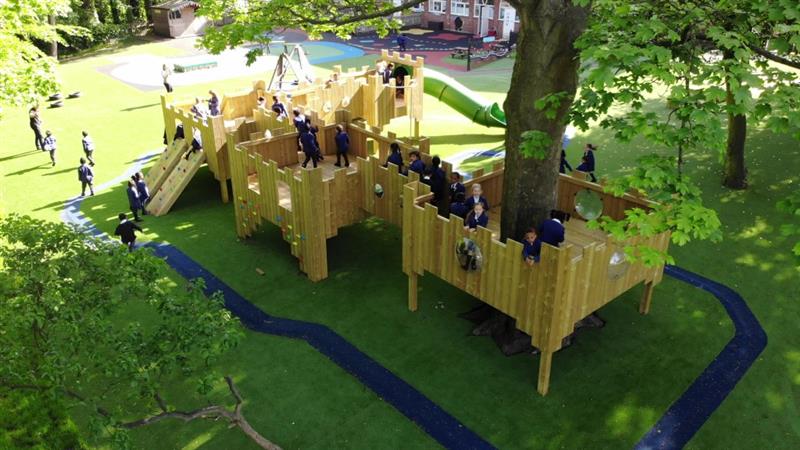
In a study on “Pretend and Physical Play” in 2013, psychologists Eric Lindsay and Malinda Colwell observed that children who engage in imaginative play express more emotional engagement, thoughtfulness and understanding, and less negative emotional expression such as selfishness and anger, and score higher on tests of emotional regulation and understanding.
Product Spotlight
5. Fueling creativity
Children create all sorts of stories around the characters they become, and can turn any object they’re presented with into something else entirely. Using imagination in play helps foster creativity - a hugely important life skill that will equip and enable children to tackle the challenges they face through life head-on.
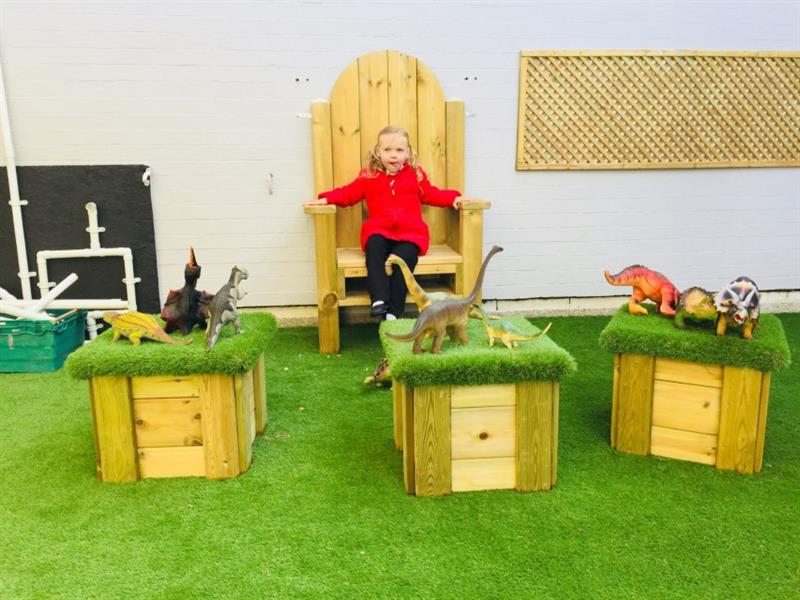
Being creative can be a great stress-buster too! Child psychologist Sally Goddard Blythe, director of The Institute for Neuro-Physiological Psychology and author of The Genius of Natural Childhood: Secrets of Thriving Children, explains how the importance of imagination in all areas of child development cannot be overstated - “This kind of play allows children to tap into their creativity and really run with it, without any boundaries, in a way that’s very freeing.”
6. Developing problem-solving skills
From creativity comes excellent problem-solving skills. Children need time and space to figure things out for themselves, and if they can use their imaginations in this way - with the freedom to create their own visual images in their mind’s eye in order to explore ideas, without physical restrictions - then they can begin to see new possibilities and put them to the test.
When children play together, they’re learning to cooperate, to negotiate and to sort out disagreements for themselves. Acting out scenarios and solving issues that arise, whether real or part of their imaginary game, it’s all part of learning how to problem-solve. They’re becoming critical thinkers, and that will serve them well through life.
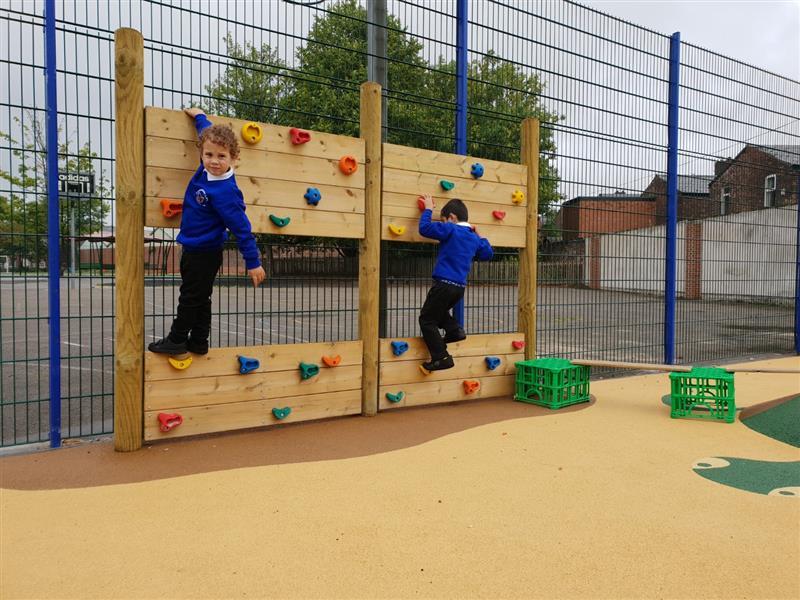
7. Encouraging Independence
Making their own rules - from a child’s point of view that’s a huge bonus for imaginative play! This is their time to try out their own ideas, create their own stories, explore for themselves and not just have to do what the adults tell them to do!
As they connect with the world around them, children will naturally incorporate some of the things they have learned into their creative play. This gives them the freedom and the encouragement, all within a safe space, to try out taking risks and following through on their own decisions. And from this they have the tools required to develop confidence in themselves, and become the amazing, independent and resilient individual that’s waiting right there inside them.
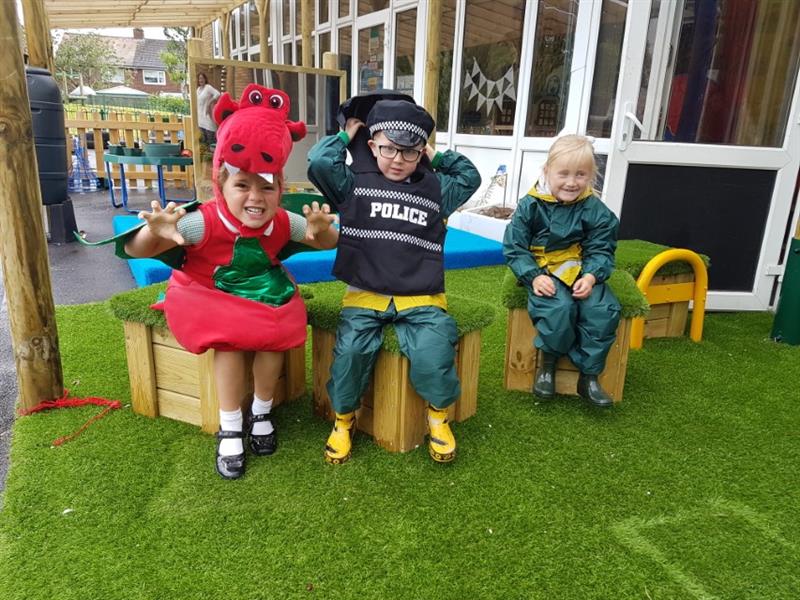
Good news!
Fuelling children’s imaginations has never been easier - with a few good props, and the time and space to do it - follow their lead and offer prompts only if needed - give them the opportunities and they’ll be ready to fly.
We’re here to help you get children who have been stuck at home back into loving their imaginative play, and provide the inspiration for it.
We supply schools and nurseries across the UK with a wide range of Outdoor Learning Products to inspire young imaginations. From small but significant changes to full playground redesigns, we can help you to enhance their learning and provide the very best outdoor learning facilities for your pupils. Please Contact Us for a free, no-obligation consultation with one of our expert playground consultants.
Don't forget to visit our Facebook, Twitter and Instagram channels to stay up-to-date with our new campaign #Whatachildsees.



